- As a strategic project in China, the South-to-North Water Diversion has alleviated the water gap between North and South
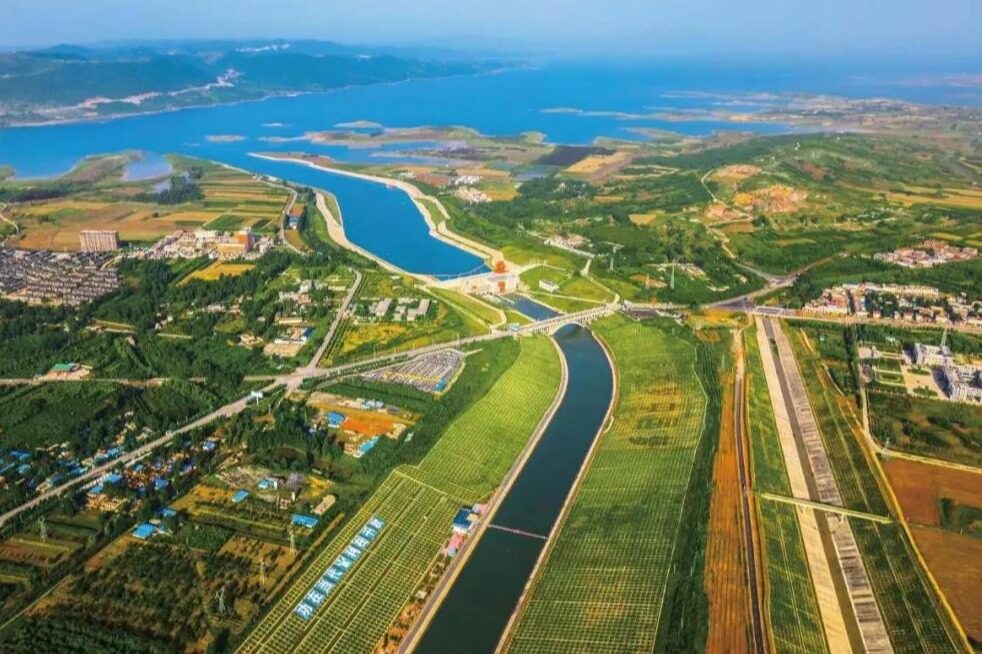
As of 8:00 on July 19, 2021, the first phase of the South-to-North Water Diversion Project has a cumulative total of 40 billion cubic meters of water from the head of Taocha Canal, 13.5 billion cubic meters of water to Henan Province, and 11.6 billion cubic meters of water to Hebei Province. Tianjin supplies 6.5 billion cubic meters of water and 6.8 billion cubic meters of water to Beijing. Among them, 5.9 billion cubic meters of ecological water supply to Tianjin, Hebei and Henan. The mid-line project has become the main water source for large and medium-sized cities along the Beijing-Tianjin-Hebei-Henan line, and the direct beneficiary population has increased to 79 million, more than double the 38 million beneficiary population on the first anniversary of the water supply in 2015. The mid-line project has been running safely and stably for more than 2,400 days, and the water quality has reached or exceeded the Class II standard for surface water. The project optimizes the allocation pattern of water resources, guarantees the safety of people's water use, and revives the ecological environment of rivers and lakes along the route. The people's sense of gain, happiness, and security in the water-affected area has been significantly enhanced.
Optimize the water supply pattern from the main auxiliary transformer
In the past 7 years since the water supply of the Central Line Project has been connected, the water supply of the project has changed from “auxiliary” to “main”. It has changed from the supplementary water source for domestic water in large and medium-sized cities along the water receiving area as planned to the main water source, which has changed the water receiving of Beijing, Tianjin, Hebei, Henan District water supply pattern. The guaranteed rate of domestic water supply in the cities receiving water in the middle line has been increased from a minimum of less than 75% to over 95%. The project's water supply target has changed from "slow" to "fast". The water transfer volume of the mid-line project is increasing year by year, and the effect is reached within 6 years. The actual water supply in 2020 is 8.622 billion cubic meters, which exceeds the average water supply scale planned for the mid-line project for many years. With the increase in the amount of water transfer, the demand for water in the water-receiving areas has changed from "weak" to "strong". Under the premise of giving priority to water conservation, the provinces and cities along the route have made efficient use of the water source of the South-to-North Water Transfer. The water consumption of Danan, the annual water consumption of the South of Henan and Hebei provinces is increasing year by year. The mid-line project has benefited more than 20 large and medium-sized cities and 131 counties along the line, and the beneficiary population has increased year by year. At present, the direct beneficiary population of Beijing-Tianjin-Hebei-Henan has increased to 79 million, more than double the 38 million beneficiary population at the beginning of the water connection.
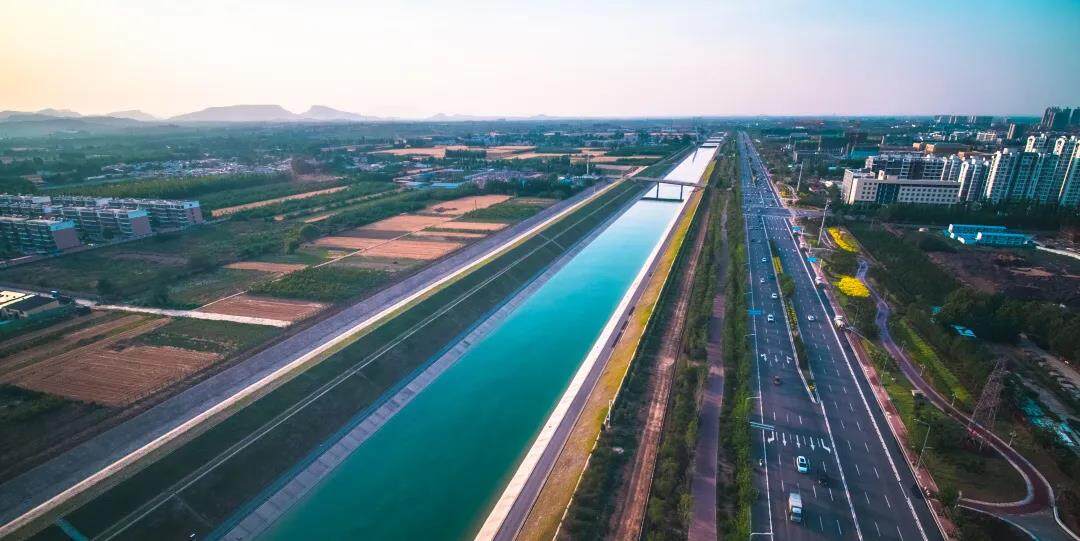
13 million people in Beijing drink sweet Nanshui, which accounts for more than 70% of the water supply in the main urban area. At the same time, some areas such as Daxing, Mentougou, Changping, and Tongzhou also use Nanshui. Nanshui has become the main source of water to ensure the water demand of the capital city. In order to give full play to the benefits of the project, Beijing has completed a total of about 130 kilometers of supporting water pipelines in the city, including 22 kilometers of reverse water pipelines from the Tuancheng Lake Regulating Pool to the Miyun Reservoir. In Tianjin, 12 million people have benefited. Nanshui has become the main water source for domestic water in Tianjin. Residents in the 14 main urban areas all use Nanshui. In order to improve the quality of drinking water for rural residents, Tianjin built a centralized water supply plant, extended the tap water pipe network, and gradually replaced groundwater sources with water transferred from south to north, covering 2,817 villages and 2.868 million rural residents, basically realizing the integration of urban and rural water supply. The 24 million people in 11 provincial cities including Zhengzhou, Nanyang, Pingdingshan, Luohe, Zhoukou, Xuchang, Jiaozuo, Xinxiang, Hebi, Anyang, Puyang, and 40 county-level cities including Dengzhou and Huaxian all use Nanshui .
Ecological water replenishment improves river and lake environment
While optimizing the water supply pattern, the Middle Route of the South-to-North Water Transfer Project plays an important ecological function. Through ecological water replenishment, the continuous restoration of the rivers and lakes along the line and the continuous improvement of the water environment provide important support for the health of the rivers and lakes in the Huaihe, Haihe, and Yellow River basins, the virtuous cycle of aquatic ecosystems, and the comprehensive management of groundwater overexploitation in areas along the line, especially in North China. . Up to now, the central line project has provided 5.9 billion cubic meters of ecological water supply to 48 rivers in the north, of which 3.789 billion cubic meters have been recovered from the comprehensive treatment of overexploitation of groundwater in North China. The water quality of rivers and lakes is improved, the water ecosystem is restored, and the regional water environment quality and livability are significantly improved. Nowadays, many rivers such as Baihe, Fuyang, Qili, Baohe, Daqinghe and other rivers in Henan and Hebei have beautiful clean banks. The water storage capacity of Baiyangdian reaches 367 million cubic meters and the water surface area is 267 square kilometers. The water quality has continued to improve. The water quality in the lake center area has stabilized into four categories, reaching the best level in the past 10 years. The water level of the Haihe River in Tianjin has risen, and the water quality of the river has improved significantly. Beijing's Yongding River and Chaobai River are abundant in water, recreating the natural landscape of clear water and the singing of birds and frogs. 30 million people in Hebei have benefited. The water supply scope of the mid-line project has covered 7 provincial cities including Shijiazhuang, Handan and Xingtai, and more than 90 county-level cities including Dingzhou and Xinji. The central main canal and Hebei's supporting projects have built a safe water supply network system, and delivered high-quality southern water to the water-receiving cities and counties through more than 40 water diversion outlets and 128 surface water plants.
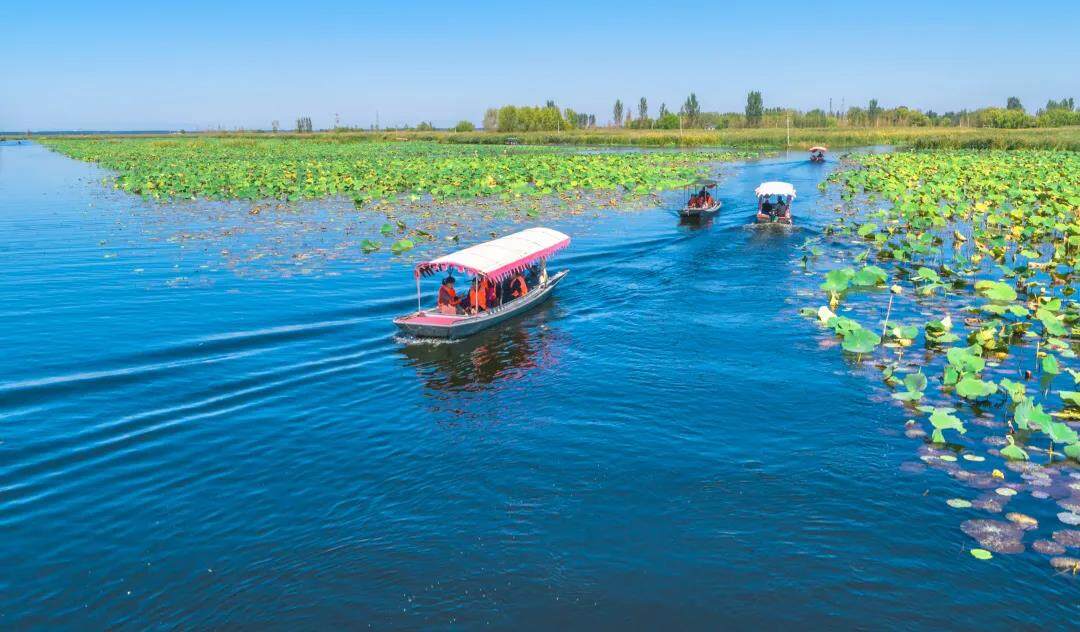
From June 7 to July 9, the mid-line project implemented summer ecological water replenishment to many rivers in Hebei Province such as Hutuo River and Daqing River. The total water replenishment of the main canal of the mid-line reached 114 million cubic meters. This replenishment of water has helped the Hutuo River, Baohe River, and Nanjuma River continue to improve the ecological environment, and Ziya River, Ziyaxin River and other rivers that have been cut off are revived. After hydrating the Hutuo River, the water was gurgling and sparkling. Compared with before the water supply in 2018, the groundwater level rose by 0.54 meters within 10 kilometers on both sides of the Hutuo River. The good water environment has brought about ecological changes. The wide water surface of Hutuo River effectively regulates the temperature and humidity on both sides of the river. The temperature is regulated at about 4℃, and the humidity is regulated by more than 20%. The ecological replenishment effect is obvious. Shijiazhuang City initiated a series of projects such as Hutuo River Comprehensive Renovation Project and Hutuo River Ecological Rehabilitation Project. After renovation and restoration, Shijiazhuang City has formed 2,680.54 hectares of water surface and 10398.82 hectares of green land. Due to the continuous replenishment of South Water, in recent years, Beijing has gradually shut down self-provided wells, drastically compressed groundwater, and also used South Water to supply water to key water sources and urban rivers and lakes, and the groundwater level has risen significantly. According to data from the water affairs department, since 2016, Beijing's groundwater level has started to "stop falling and rebounding", and the current groundwater depth in the plains has risen by 3.72 meters.
Dry springs have resurfaced, and the mountain springs in the suburbs of Yanqing, Changping and Beijing, which have been dry for many years, have gradually resurfaced after the water has been filled. The stinky water ditch was "taken off". After the residents used the south water for treatment in the reclaimed water plant, it was then injected into the river. The Liangshui River, Qinghe, North Canal and other urban rivers that were once called stinky rivers finally "take off their hats". All of the residential buildings have been upgraded to "river view rooms". The abundant water in South China continuously injects new vitality into Beijing, allowing Beijing to build a new ecological city pattern with blue and green intertwined and water and city inclusive.
Accurate water transfer to ensure three safety
Deeply implement the spirit of General Secretary Jinping’s important speech at the symposium on promoting the high-quality development of the follow-up project of the South-to-North Water Diversion, and stand on the political height of guarding the lifeline, promote scientific management, improve the ability and level of project operation and management, and ensure project safety, water supply safety, and water quality safety. Implement "double-precision maintenance" and focus on engineering safety. On the one hand, "precise pricing" is implemented. For the daily maintenance and maintenance projects of civil engineering and afforestation, a standardized list of engineering quantities should be listed to improve the transparency and scientificity of project pricing. On the other hand, the implementation of "fine maintenance", from the preparation of maintenance and maintenance project plans to the selection of maintenance units; from assessing the quality and progress of the process, to safe and civilized construction, each link is refined and detailed, creating a lifeline boutique project.
Keywords: South-to-North Water Diversion, Engineering News
In order to ensure the safety of water supply, the mid-line project uses high-tech means to build an automatic dispatch gate control system to realize automatic collection of dispatch information such as water level, flow rate, gate opening, and remote automatic control of various gates. Combining the water and engineering conditions of the whole line, scientifically formulating and issuing dispatching instructions, dispatching agencies at all levels accurately carry out water delivery dispatching. "Unified scheduling, centralized control, and hierarchical management" realizes the automation of water transfer process, remote monitoring visualization, and operation and maintenance management information. In order to ensure the continuous delivery of clear water from one channel to the north, the mid-line project established a water quality monitoring system consisting of "1 center, 4 laboratories, 13 automatic monitoring stations, and 30 fixed monitoring sections". Regular "physical examination". Through intelligent equipment such as video surveillance, electronic fences, project inspections, daily water quality inspections, and police officers to achieve linkage and cooperation, we can discover and deal with abnormal water quality in a timely manner. Li Yan, a water quality inspector from the Beijing Branch of the Central Line Construction Management Bureau, said: "The Huinanzhuang automatic water quality monitoring station monitors 4 times a day and monitors 12 indicators. At present, the water quality of the midline project is stable or better than that of surface water." The implementation of the "wisdom midline" "Building, relying on information technology, developing automated scheduling and decision support systems, project inspection and maintenance real-time supervision systems, etc., using advanced technologies such as IT, mobile, and GIS technologies, and relying on automated visualization technology to promote the 44 management offices of the midline project. Intelligent analysis of full-scene video to escort the safe operation of the project.Editor/Xing Wentao
Comment
 Praise
Praise
 Collect
Collect
 Comment
Comment
 Search
Search


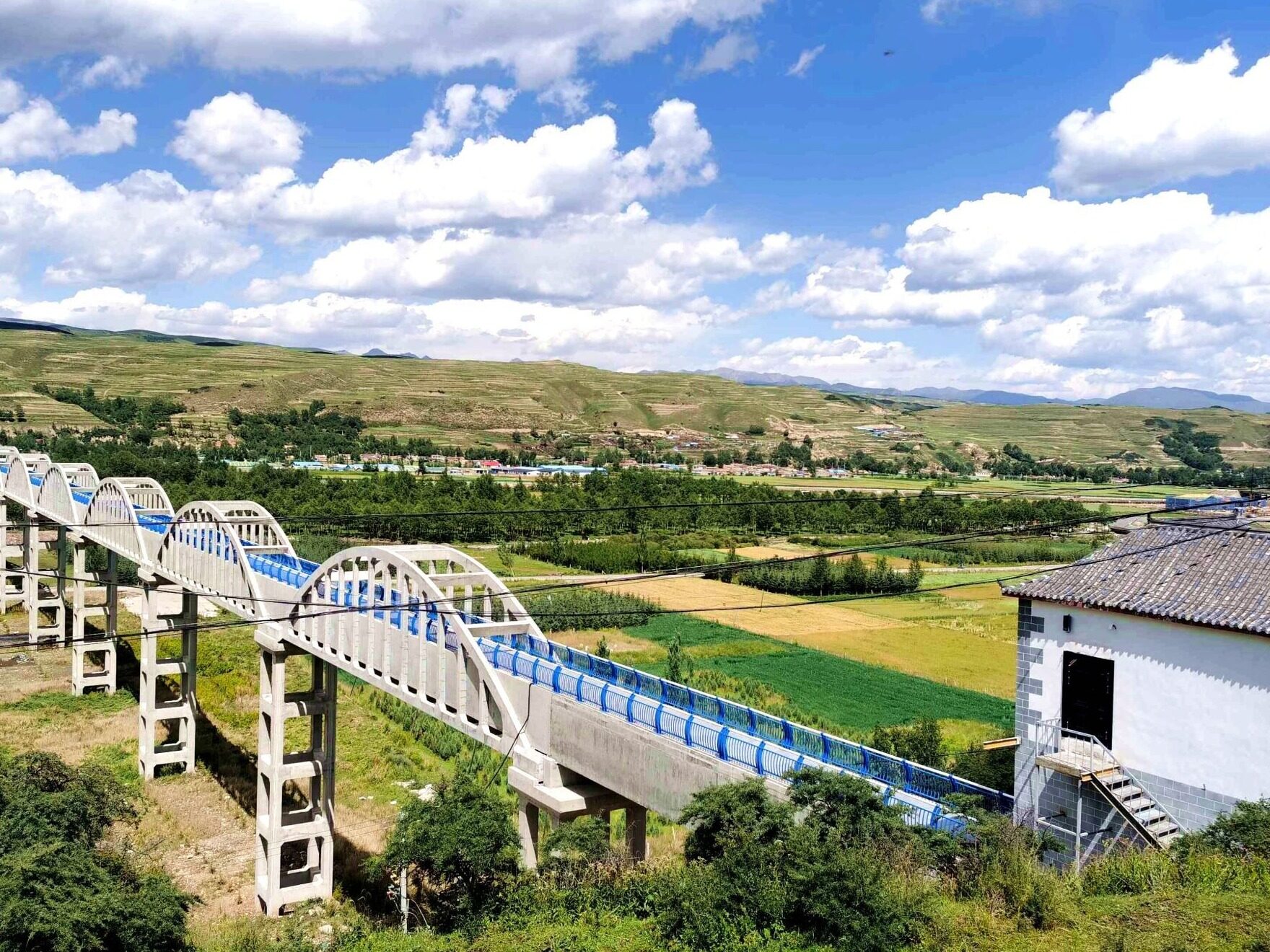
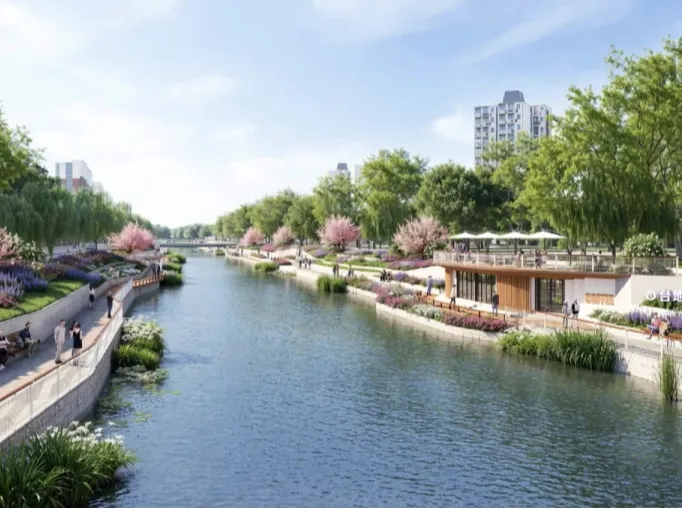
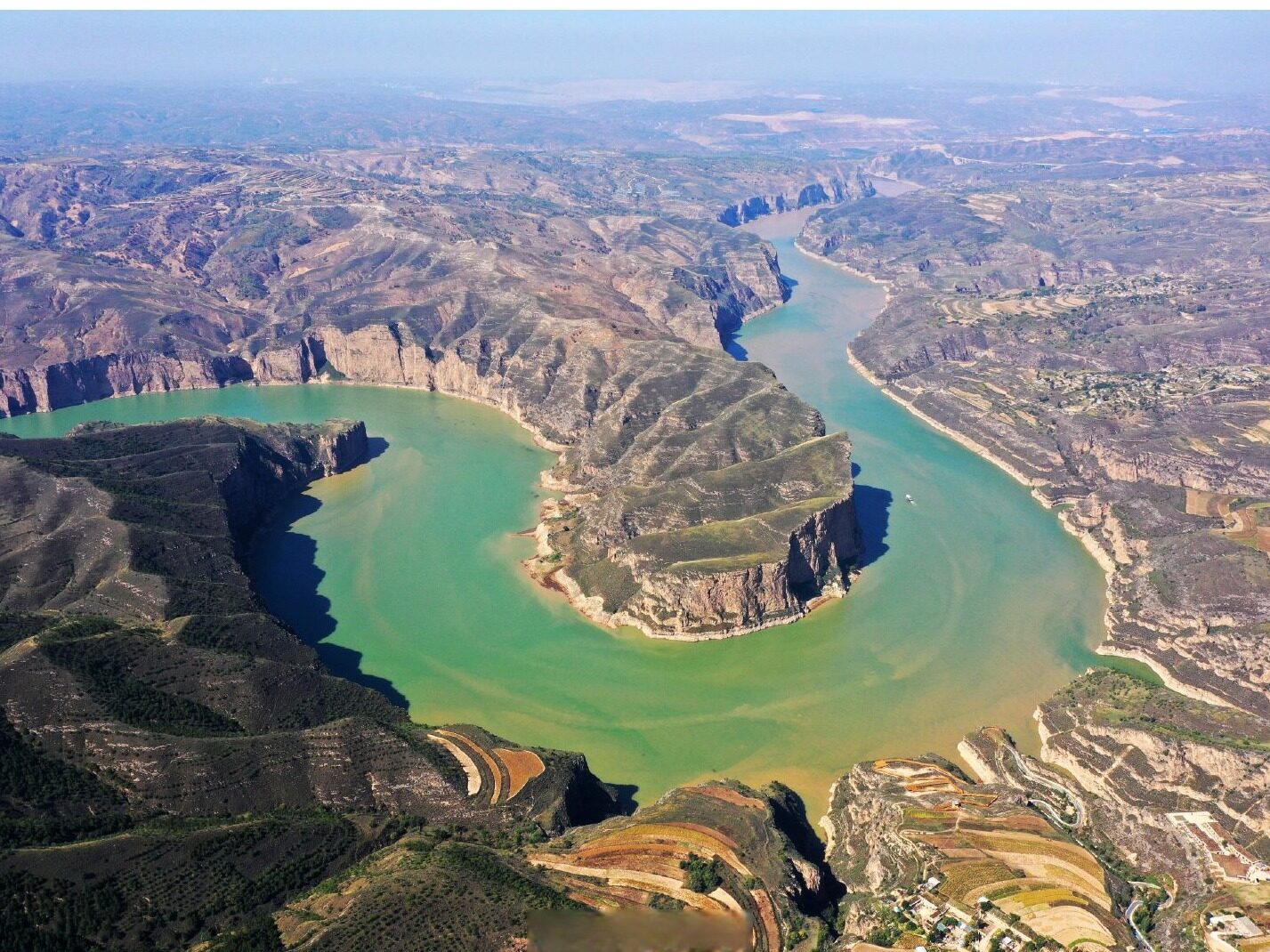
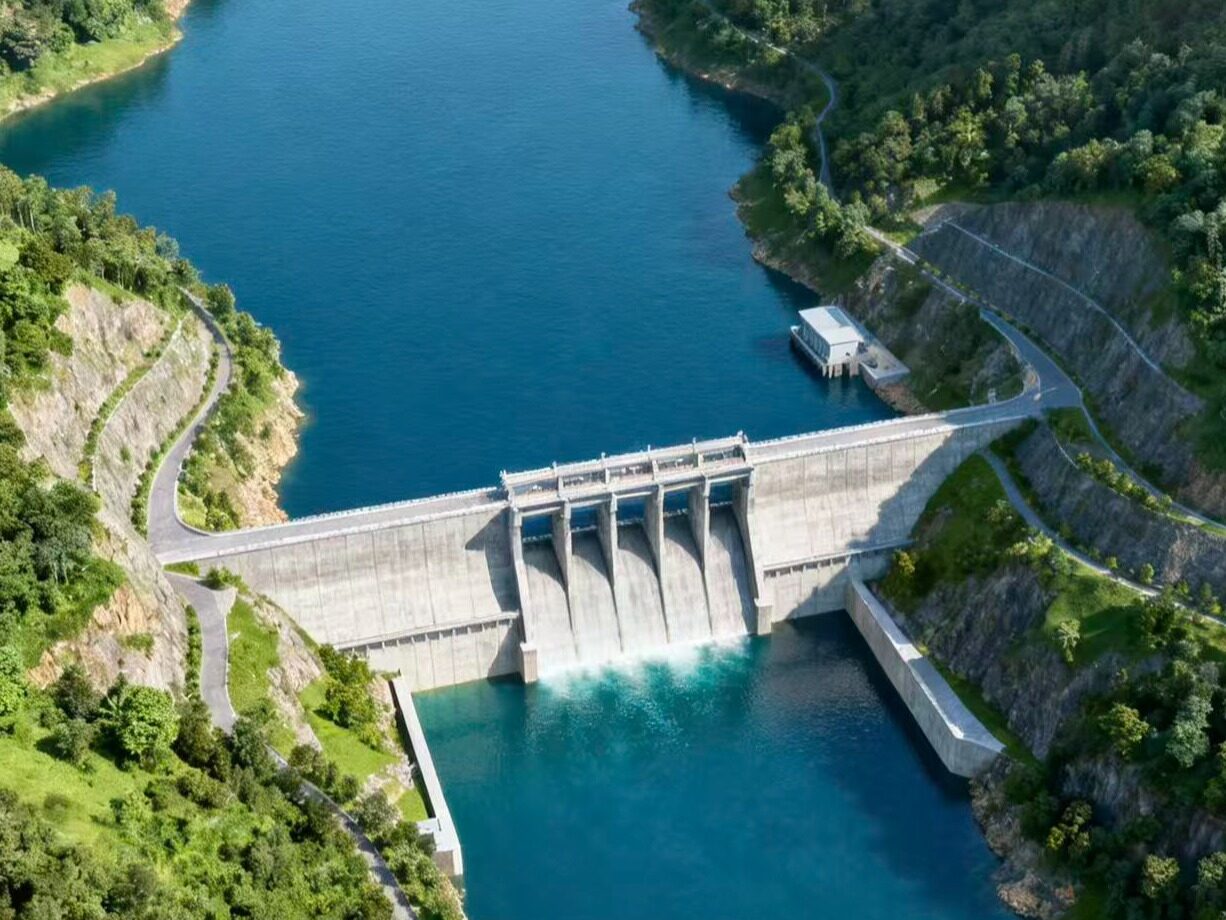
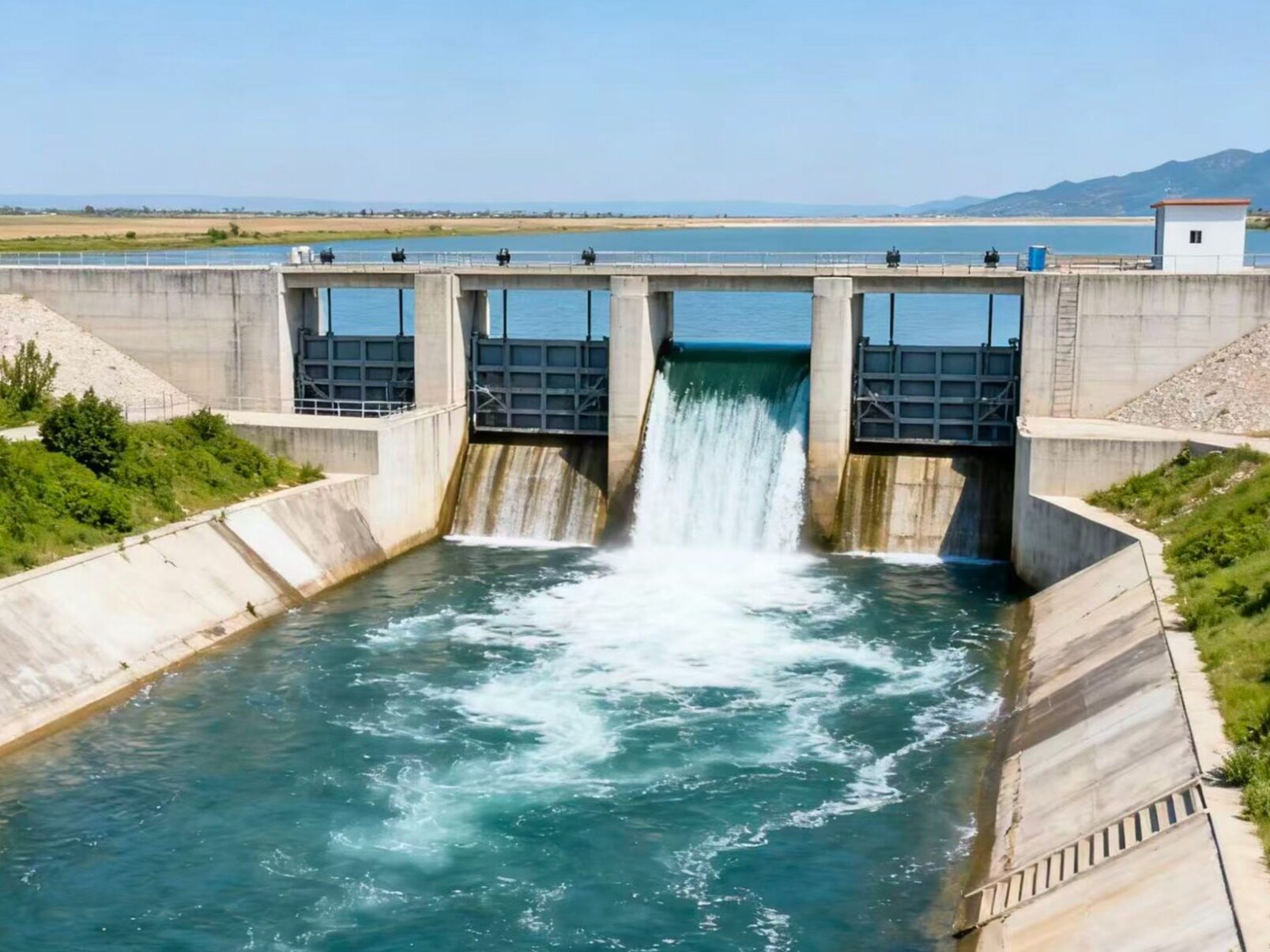
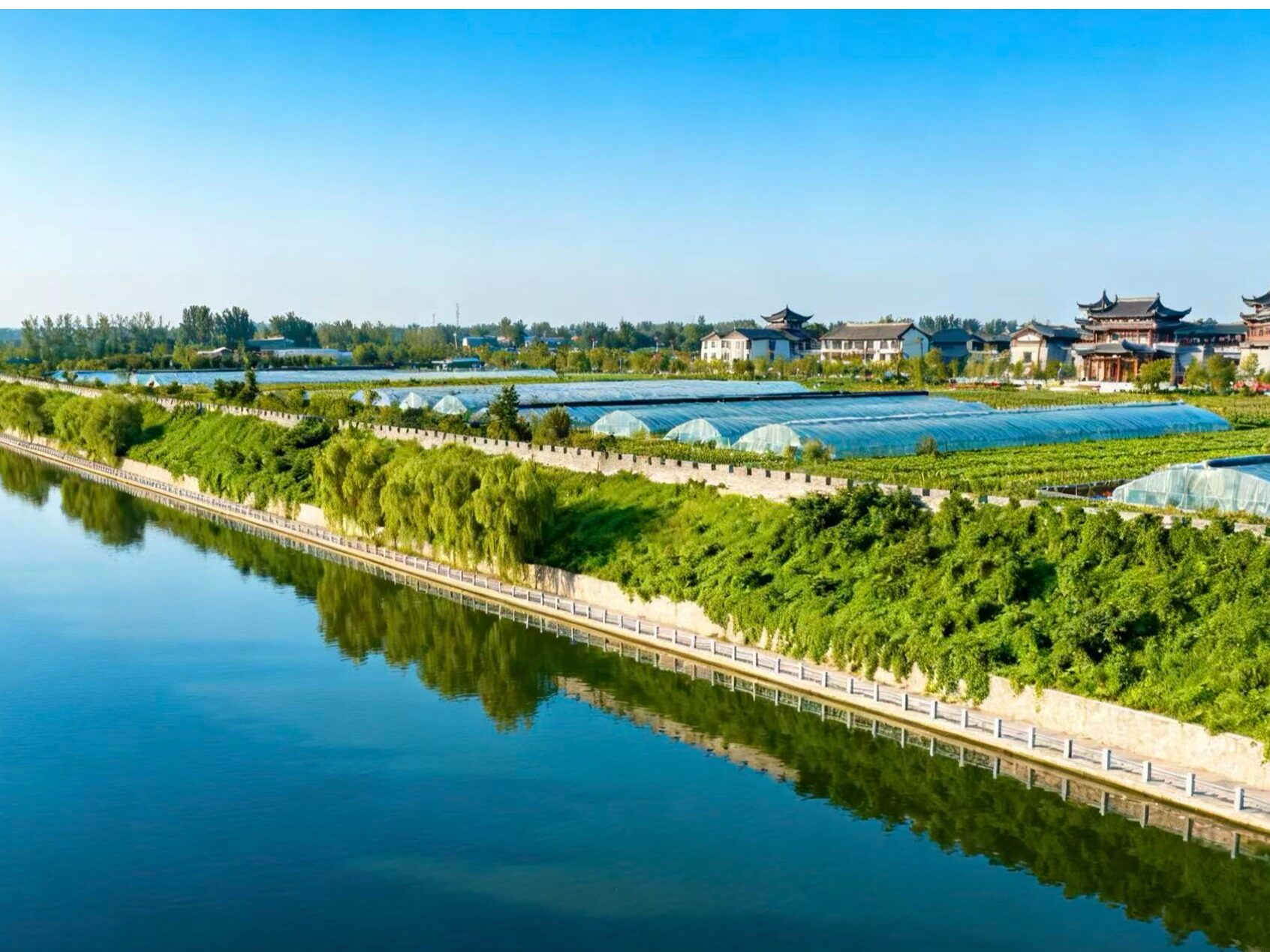






Write something~